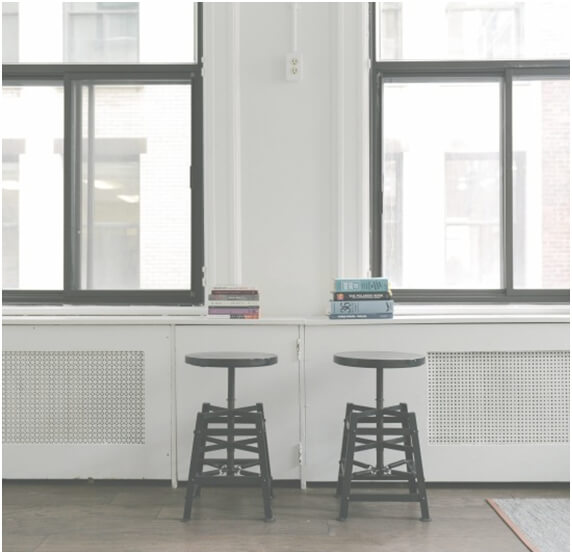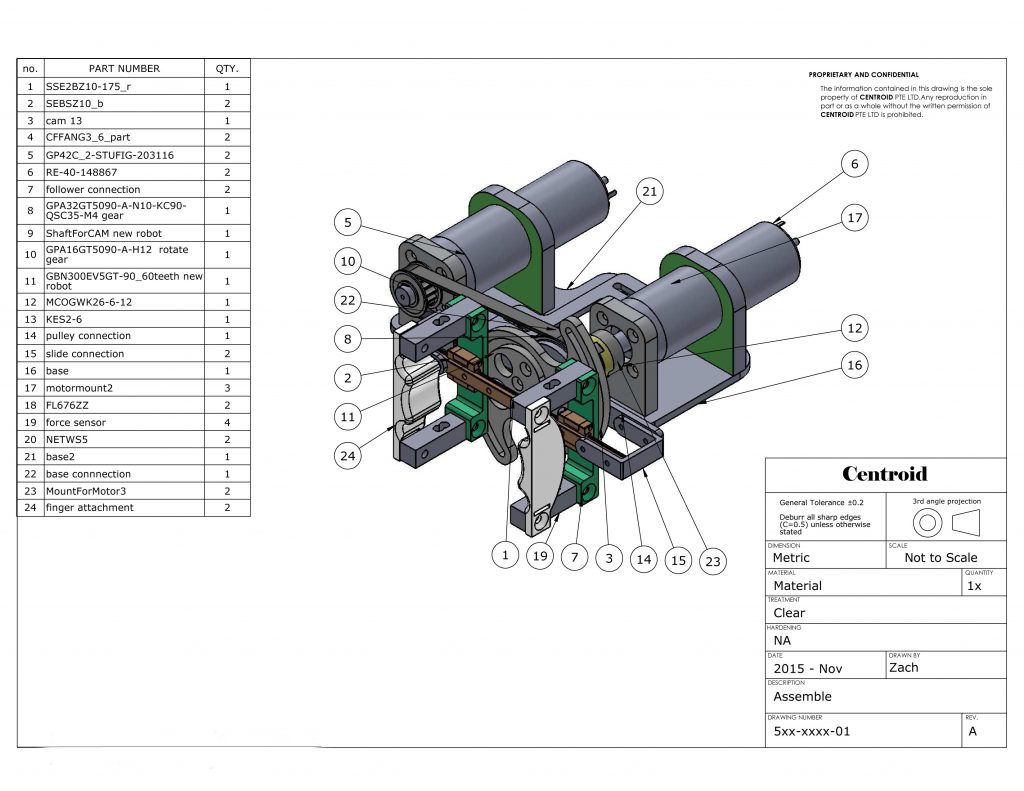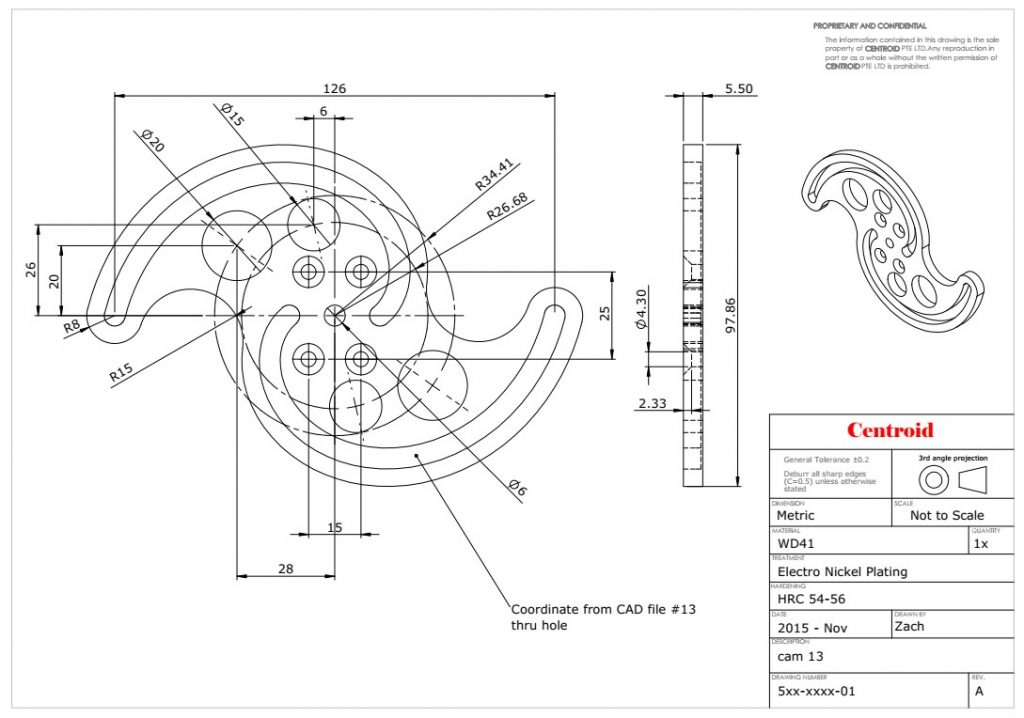What is it for?
We intend to use this page as a form of discussion on engineering designs and drawings - this is just one of the many methods - feel free to use any. Hopefully this helps.

engineering design
Method possible:
1. Bottom-Up Design method
design method where the design starts from a few individual components, gather them to build up and form an assembly.
components + components –> sub assembly + sub assembly –> assembly
2. Top-Down Design method
design method where the design start from a component and from that component it build up and develop into a assembly
components (develop further) –> assembly level
depending on needs, one may opt either to approach the design
Engineering Drawing - Assembly Drawing
An assembly drawing is a drawing that made up of all the various individual parts.
In an Assembly Drawing you will find mainly:
1. Bill of Materials (BOM) describing the individual part and quantity
2. Numbering system that associate the BOM to the part
Do know that these Individual Parts are either fabricated or purchased part.
For example, fabricated part would be like item 3, CAM; item 24, Finger Attachment, etc..
And, example of purchased part would be item 6, motor; item 10, rotate gear; etc..
Only fabricated part that require fabrication needs to have a detailed drawing. Purchased part usually does not require any detailed drawing unless the part require some form of modification or machining.
(Distinction between Purchased part drawing which either get it from manufacturer webpage or develop by you to that of Detailed drawing is in the ‘detail’.)

assembly drawing
Engineering Drawing - Detailed Drawing
The detailed drawing is the drawing that usually end up on the production floor. This is where the machinist will use it to fabricate the part out. It’s the blue-print of the fabricated part.
In a Detailed Drawing you will find mainly:
1. Part dimensions and with their tolerance required
2. Type of material
3. Quantity
4. Treatment
5. Any note that could further help to clarify

